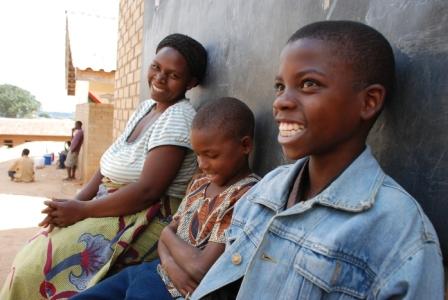
The statistics are staggering. Almost 78 million people are living with HIV while about 39 million have died of Aids-related illnesses. Every day about 5,753 people contract HIV. In the wake of such startling statistics, is the global ambition to end Aids in 2030 realistic? BRIAN LIGOMEKA ponders.
Call it a state of eccentricity. Impossibilities are now possibilities. Once upon a time, being diagnosed with HIV was regarded as death sentence. Today the situation is different.
Twenty-seven year old Agnes Milanzi from Ndanga Village in Mulanje is among many people in the African nation of Malawi who believe that living with HIV is not capital punishment but one of those conditions that occurs in life which can successfully be managed.
“I know I am HIV positive, yet I am one of the happiest women in my village,” she said as she narrated how she delivered an HIV negative baby despite her status.
According to Agnes, when she was diagnosed HIV positive during her second month of pregnancy, she asked for an abortion to avoid transmitting the virus to the baby. Her request was rejected as inducement of abortion is illegal in Malawi.
It was during the post-HIV testing counselling that she learnt of Prevention of HIV from Mother to Child Transmission (PMTCT) through the use of drugs.
“I accepted the doctor’s guidance, but I never believed I could deliver an HIV free baby,” she said, adding: “But lo, the medical magic worked. I delivered a healthy HIV-free baby.”
Agnes is among those benefitting from the implementation of Option B+ programme for pregnant women in Malawi, which offers anti-retroviral therapy (ARVs) to all pregnant women with HIV, regardless of CD4 cell count.
Malawi is currently offering anti-retroviral treatment to almost 600,000 people living with the virus as it fights from all fronts to achieve its dream of creating an HIV-free generation by 2030.
Malawi’s Health Minister Dr Peter Kumpalume is optimistic that the country will accomplish its goal as government and other stakeholders have employed multiple strategies in fighting the pandemic.
“We are fighting using every means to achieve our target of putting 90 percent of people living with the virus on treatment by 2020 and eventually eliminate the disease by 2030.”



